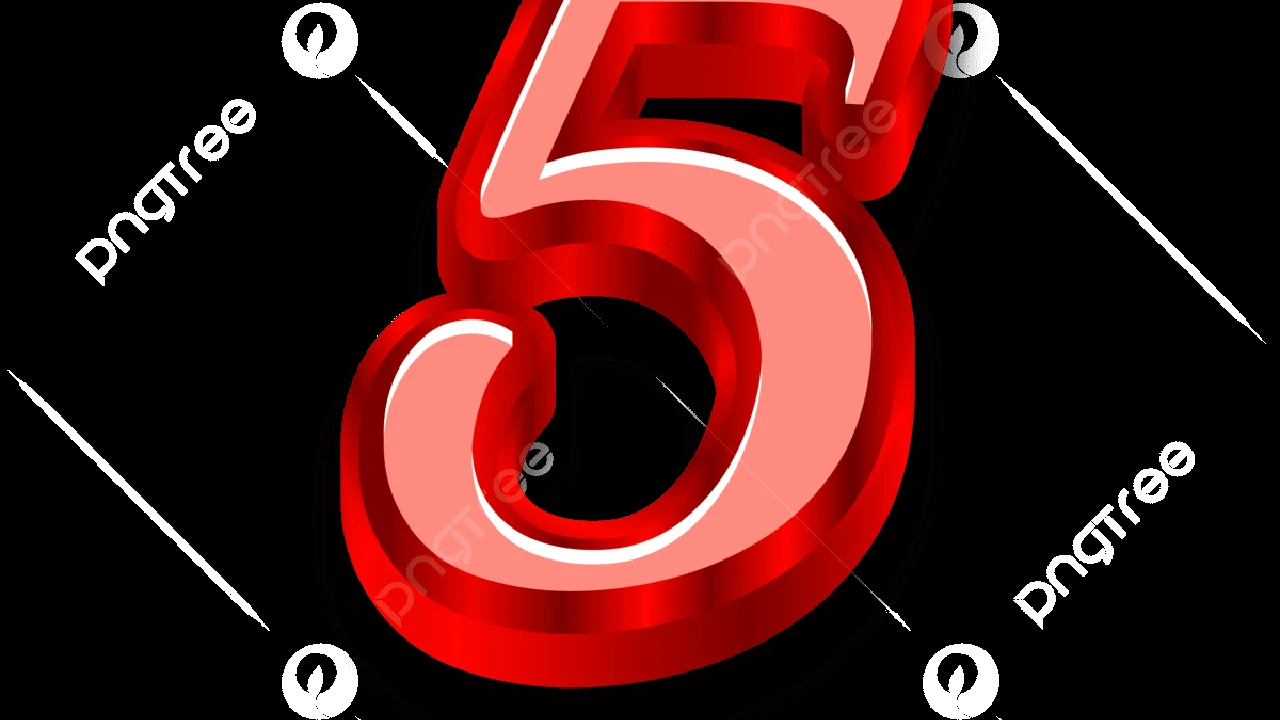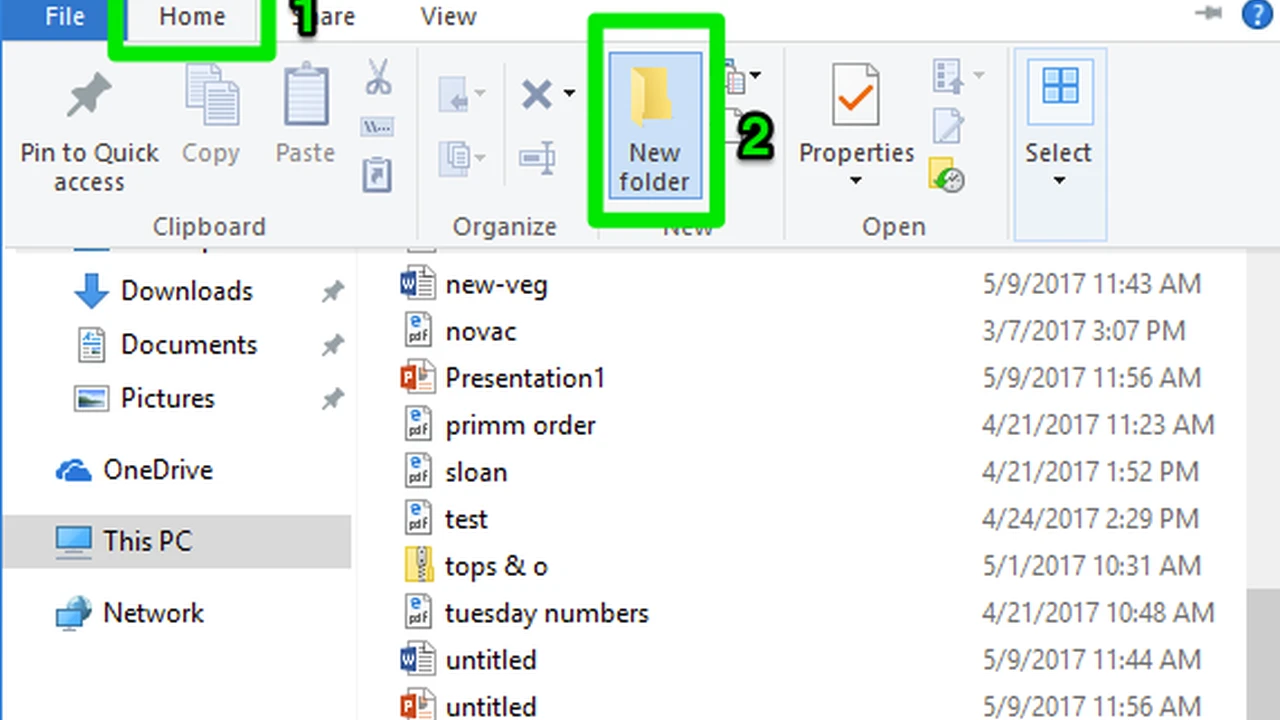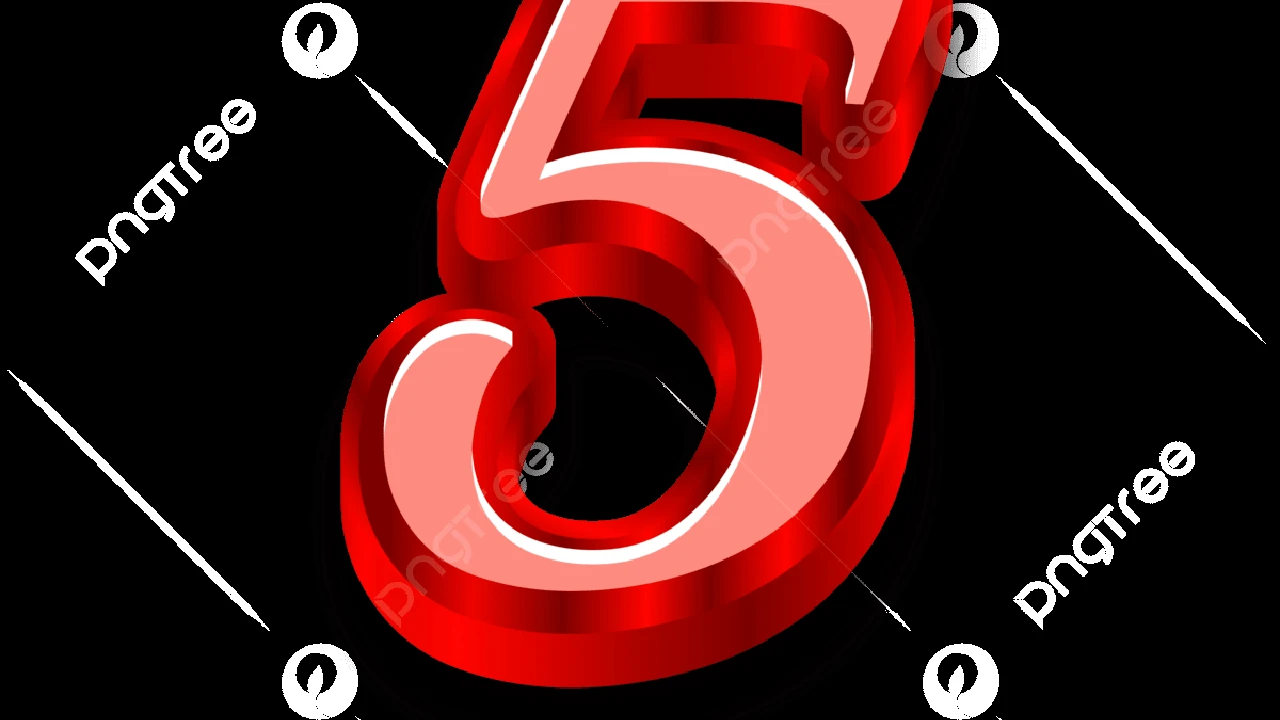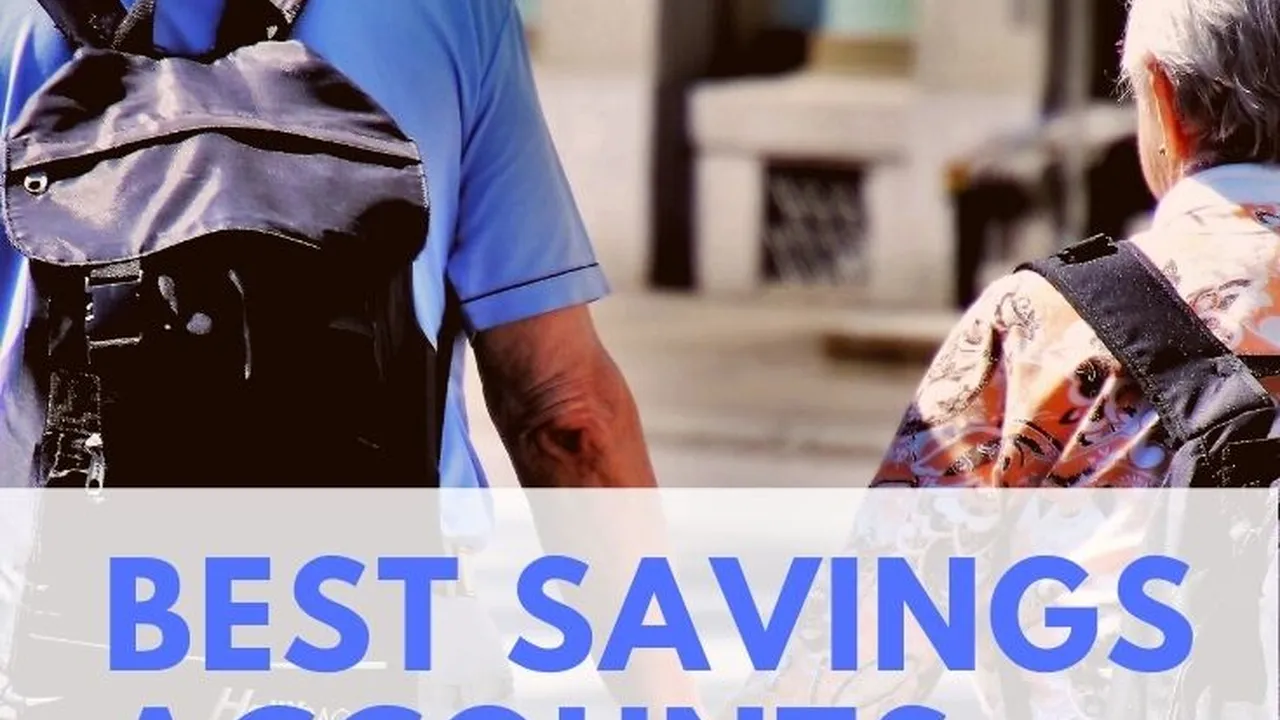5 Smart Ways to Protect Your Digital Financial Data
Discover 5 clever strategies to safeguard your sensitive financial data in the digital age.

Discover 5 clever strategies to safeguard your sensitive financial data in the digital age.
5 Smart Ways to Protect Your Digital Financial Data
Understanding the Digital Threat Landscape for Your Finances
Hey there! In today's super-connected world, almost everything we do, especially with our money, happens online. From banking and investing to shopping and paying bills, our financial lives are increasingly digital. While this offers incredible convenience, it also opens up a whole new can of worms when it comes to security. Cybercriminals are always on the prowl, looking for vulnerabilities to exploit and get their hands on your sensitive financial data. Think about it: your bank account details, credit card numbers, investment portfolio information, and even your Social Security number are all floating around in the digital ether. If this data falls into the wrong hands, you could be looking at identity theft, fraudulent charges, drained accounts, and a whole lot of headaches. So, protecting your digital financial data isn't just a good idea; it's absolutely essential. Let's dive into some smart, actionable ways you can beef up your digital defenses and keep your money safe.
Fortifying Your Digital Defenses with Strong Passwords and Two-Factor Authentication
Alright, let's start with the basics, but don't underestimate their power: passwords and two-factor authentication (2FA). These are your first line of defense, and making them robust is non-negotiable.
Crafting Unbreakable Passwords for Financial Security
You know the drill: don't use 'password123' or your birthday. But let's get real about what makes a password truly strong. It's not just about length anymore, though that helps. It's about complexity and uniqueness. A strong password should be:
- Long: Aim for at least 12-16 characters. The longer, the better.
- Complex: Mix uppercase and lowercase letters, numbers, and special characters.
- Unique: This is crucial. Never, ever reuse passwords across different accounts, especially financial ones. If one service gets breached, all your accounts with that same password are at risk.
- Random: Avoid easily guessable information like names, pet names, or common phrases.
Trying to remember dozens of complex, unique passwords is a nightmare, right? That's where password managers come in. These tools securely store all your passwords in an encrypted vault, and you only need to remember one master password to access them. They can also generate super-strong, random passwords for you. Here are a few top-notch password managers:
- LastPass: A very popular choice, LastPass offers a free tier with basic features and a premium version with advanced options like dark web monitoring. It's super easy to use across all your devices.
- 1Password: Known for its robust security and user-friendly interface, 1Password is a premium service that integrates seamlessly with browsers and mobile devices. It's a favorite among security-conscious users.
- Dashlane: Dashlane combines a password manager with a VPN and dark web monitoring, offering a comprehensive security suite. It has a free trial and various paid plans.
- Bitwarden: If you're looking for an open-source and free option, Bitwarden is fantastic. It offers strong encryption and cross-platform compatibility, making it a great choice for those on a budget.
Comparison and Pricing (approximate, as of late 2023/early 2024):
| Product | Key Features | Pricing (Annual) | Best Use Case |
|---|---|---|---|
| LastPass | Password storage, auto-fill, password generator, dark web monitoring (premium) | Free (basic), Premium ($36), Families ($48) | General users, ease of use, cross-device sync |
| 1Password | Advanced security, travel mode, secure notes, family sharing | Personal ($35.88), Families ($59.88) | Security-conscious users, Apple ecosystem users |
| Dashlane | Password manager, VPN, dark web monitoring, identity theft protection | Free (limited), Premium ($59.88), Family ($89.88) | Users seeking an all-in-one security solution |
| Bitwarden | Open-source, strong encryption, self-hosting option | Free, Premium ($10) | Tech-savvy users, budget-conscious, open-source advocates |
Embracing Two-Factor Authentication for Enhanced Security
Even with the strongest password, there's always a tiny chance it could be compromised. That's where 2FA steps in as your crucial second layer of defense. It requires a second piece of information, something only you have, to log in. This could be:
- A code sent to your phone via SMS: While convenient, SMS can be vulnerable to SIM-swapping attacks, so it's not the most secure option.
- A code from an authenticator app: This is generally more secure. Apps like Google Authenticator or Authy generate time-sensitive codes on your device.
- A physical security key: Devices like YubiKey offer the highest level of security, requiring you to physically plug in a key to authenticate.
Always enable 2FA on all your financial accounts – banking, investment platforms, credit card portals, and even email accounts linked to your finances. It's a small step that adds a massive layer of protection.
Securing Your Devices and Networks for Financial Transactions
Your devices and the networks you use are gateways to your financial data. Keeping them secure is paramount.
Keeping Your Software Updated and Protected with Antivirus
Think of software updates as security patches. They often fix vulnerabilities that hackers could exploit. Make sure your operating system (Windows, macOS, iOS, Android), web browsers, and all financial apps are always up to date. Enable automatic updates whenever possible.
An antivirus program is your digital bodyguard. It scans for, detects, and removes malicious software (malware) like viruses, ransomware, and spyware that could steal your data. Here are some reliable options:
- Norton 360: A comprehensive suite offering antivirus, VPN, dark web monitoring, and identity theft protection. It's a robust all-in-one solution.
- Bitdefender Total Security: Known for its excellent malware detection rates and minimal system impact. It covers multiple devices and operating systems.
- McAfee Total Protection: Another strong contender with antivirus, firewall, and identity protection features.
- Avast One: Offers a free version with basic antivirus and a premium version with more advanced features like VPN and privacy tools.
Comparison and Pricing (approximate, annual for multi-device plans):
| Product | Key Features | Pricing (Annual) | Best Use Case |
|---|---|---|---|
| Norton 360 | Antivirus, VPN, Dark Web Monitoring, Password Manager, Cloud Backup | Starts around $49.99 (1st year promo) | Users seeking comprehensive security and identity protection |
| Bitdefender Total Security | Antivirus, Anti-malware, VPN, Parental Control, Multi-device support | Starts around $39.98 (1st year promo) | Users prioritizing top-tier malware detection and performance |
| McAfee Total Protection | Antivirus, Firewall, Identity Protection, Password Manager, VPN | Starts around $39.99 (1st year promo) | Users looking for a well-rounded security suite with identity features |
| Avast One | Antivirus, VPN, Firewall, Data Breach Monitoring, Performance Boost | Free (basic), Premium starts around $50.28 | Users wanting a good free option or a comprehensive suite for multiple devices |
Being Wary of Public Wi-Fi and Using VPNs for Secure Connections
Public Wi-Fi networks (like those at coffee shops or airports) are notoriously insecure. They're often unencrypted, meaning anyone on the same network can potentially snoop on your data. Never access your banking or financial accounts, or make online purchases, when connected to public Wi-Fi without a Virtual Private Network (VPN).
A VPN encrypts your internet connection, creating a secure tunnel for your data. This makes it incredibly difficult for anyone to intercept your information. Here are some highly-rated VPN services:
- NordVPN: Known for its speed, strong encryption, and vast server network. It's a popular choice for general browsing and streaming, but also excellent for security.
- ExpressVPN: Offers top-tier security, fast speeds, and a user-friendly interface. It's a bit pricier but delivers consistent performance.
- Surfshark: A more budget-friendly option that allows unlimited simultaneous connections, making it great for families or multiple devices. It still offers strong security features.
- ProtonVPN: Offers a robust free tier with no data limits, making it a great entry point. Their paid plans provide even more features and faster speeds, with a strong focus on privacy.
Comparison and Pricing (approximate, monthly for annual plans):
| Product | Key Features | Pricing (Monthly, Annual Plan) | Best Use Case |
|---|---|---|---|
| NordVPN | Fast speeds, large server network, Double VPN, Kill Switch, Threat Protection | Starts around $3.79/month | General users, streaming, strong security |
| ExpressVPN | Top-tier security, audited no-logs policy, MediaStreamer, Lightway protocol | Starts around $6.67/month | Users prioritizing ultimate security and reliability |
| Surfshark | Unlimited devices, CleanWeb (ad blocker), Bypasser, NoBorders mode | Starts around $2.29/month | Budget-conscious users, families, multiple devices |
| ProtonVPN | Strong privacy focus, Secure Core, NetShield (ad blocker), Free tier available | Free, Paid starts around $4.99/month | Privacy advocates, users needing a reliable free option |
Recognizing and Avoiding Phishing Scams and Social Engineering
Cybercriminals don't just rely on technical exploits; they're also masters of deception. Phishing and social engineering are common tactics to trick you into giving up your financial data.
Spotting Phishing Emails and Texts Targeting Your Financial Accounts
Phishing attempts often come in the form of emails or text messages that look like they're from legitimate organizations (your bank, a popular online retailer, a government agency). They'll try to create a sense of urgency or fear to get you to click on a malicious link or download an infected attachment. Here's what to look out for:
- Suspicious Sender Address: Check the sender's email address carefully. It might look similar to a legitimate one but have subtle differences (e.g., 'bankofamerica.co' instead of 'bankofamerica.com').
- Generic Greetings: Legitimate organizations usually address you by name. Phishing emails often use generic greetings like 'Dear Customer.'
- Poor Grammar and Spelling: While not always present, errors can be a red flag.
- Urgent or Threatening Language: Phrases like 'Your account will be suspended!' or 'Immediate action required!' are designed to make you panic and act without thinking.
- Suspicious Links: Hover over any links (don't click!) to see the actual URL. If it doesn't match the company's official website, it's likely a scam.
- Requests for Personal Information: Legitimate banks will never ask for your password, PIN, or full credit card number via email or text.
If you receive a suspicious message, don't click on anything. Instead, go directly to the official website of the organization (by typing the URL yourself) or call their official customer service number to verify. It's always better to be safe than sorry.
Understanding Social Engineering Tactics to Protect Your Data
Social engineering is about manipulating people into performing actions or divulging confidential information. This can happen over the phone (vishing), through text (smishing), or even in person. Scammers might impersonate bank representatives, tech support, or even government officials. They'll try to build trust or create a crisis to get you to reveal sensitive financial details or grant them remote access to your computer.
Always be skeptical of unsolicited calls or messages asking for personal or financial information. If someone claims to be from your bank and asks for your password, hang up immediately. If you're unsure, call the organization back using a number you know is legitimate (from their official website or a statement, not from the caller).
Monitoring Your Financial Accounts and Credit Report Regularly
Even with the best preventative measures, breaches can happen. Early detection is key to minimizing damage.
Setting Up Account Alerts for Suspicious Financial Activity
Most banks and credit card companies offer free alert services. You can set up notifications for various activities, such as:
- Transactions over a certain amount.
- Online purchases.
- International transactions.
- Login attempts from new devices or locations.
- Low balance alerts.
These alerts can notify you instantly of any suspicious activity, allowing you to act quickly to freeze cards or report fraud. Make sure these alerts are sent to your primary email and phone number.
Regularly Reviewing Your Bank Statements and Credit Reports
Don't just glance at your bank and credit card statements; scrutinize them. Look for any transactions you don't recognize, even small ones. Sometimes, fraudsters make small charges first to test if a card is active before making larger purchases.
Your credit report is a detailed history of your credit activity. It shows all your credit accounts, payment history, and any inquiries made into your credit. You're entitled to a free copy of your credit report from each of the three major credit bureaus (Equifax, Experian, and TransUnion) once every 12 months via AnnualCreditReport.com. Reviewing these reports regularly helps you spot:
- Accounts you didn't open.
- Incorrect personal information.
- Hard inquiries you didn't authorize.
- Late payments you didn't make.
Spotting these discrepancies early can prevent significant financial damage from identity theft.
Practicing Safe Online Habits and Data Minimization
Finally, a lot of digital financial security comes down to common sense and being mindful of your online footprint.
Being Mindful of What You Share Online and Data Minimization
Every piece of personal information you share online, especially on social media, can be used by cybercriminals to build a profile of you. This information can then be used for social engineering attacks or to answer security questions. Be cautious about sharing:
- Your full birth date and place of birth.
- Your mother's maiden name.
- Details about your pets (often used as security questions).
- Your current location or travel plans.
The principle of data minimization means only providing the necessary information when asked. If an online form asks for your phone number but it's not required, consider leaving it blank. The less data about you that's out there, the less there is for criminals to exploit.
Securely Disposing of Digital Devices and Data
When you're getting rid of old computers, smartphones, or external hard drives, simply deleting files isn't enough. Data can often be recovered from seemingly empty drives. Before donating, selling, or recycling old devices, make sure to securely wipe them. For computers, this often involves using specialized software or performing a factory reset that includes data erasure. For smartphones, a factory reset is usually sufficient, but ensure you've removed any SIM cards or external storage.
For highly sensitive data, physical destruction of the hard drive is the most secure method. Many electronics recycling centers offer data destruction services.
By consistently applying these smart strategies – from strong passwords and 2FA to vigilant monitoring and safe online habits – you can significantly reduce your risk of becoming a victim of digital financial crime. Stay informed, stay vigilant, and keep your digital financial data locked down!
:max_bytes(150000):strip_icc()/277019-baked-pork-chops-with-cream-of-mushroom-soup-DDMFS-beauty-4x3-BG-7505-5762b731cf30447d9cbbbbbf387beafa.jpg)






